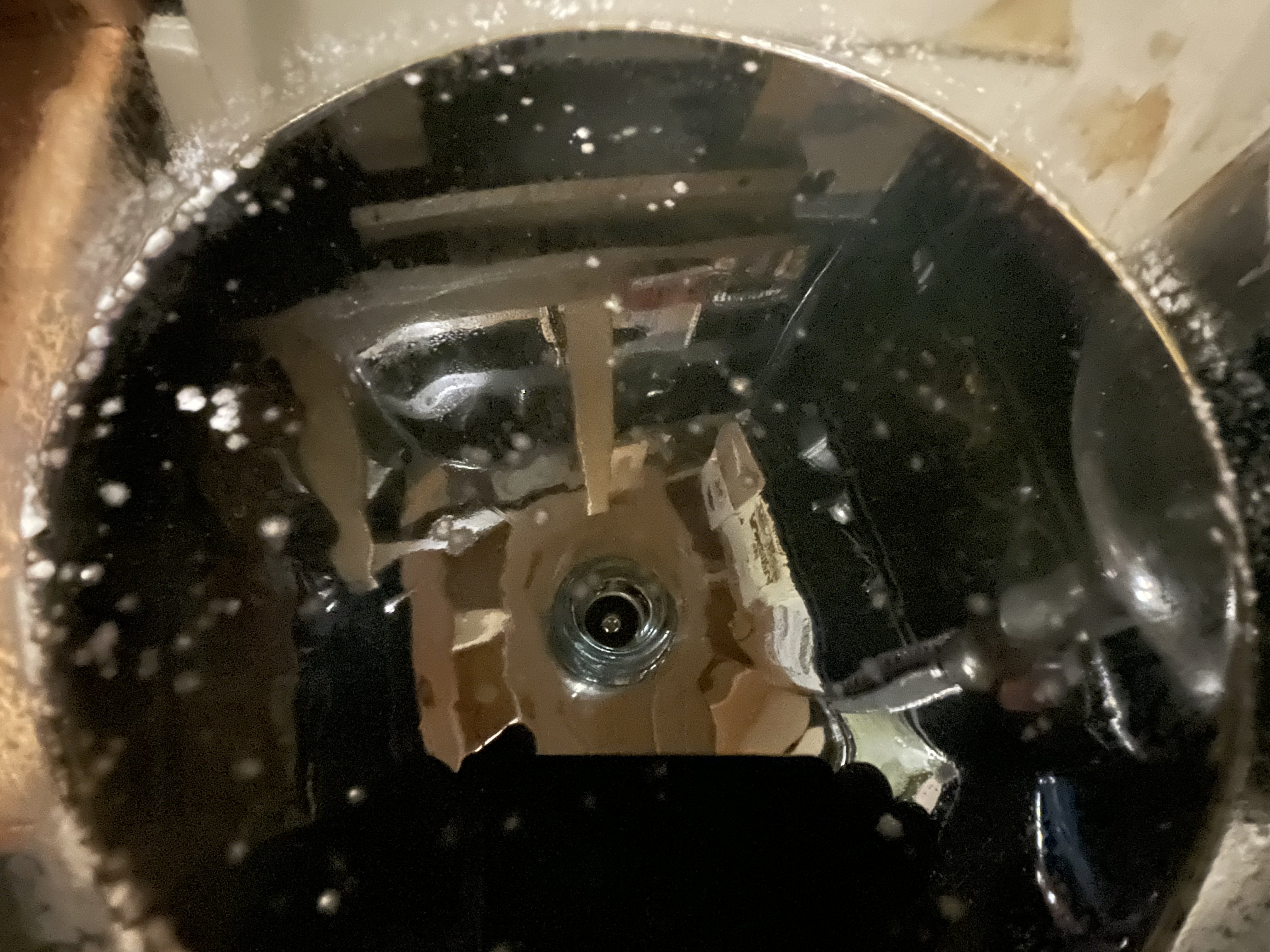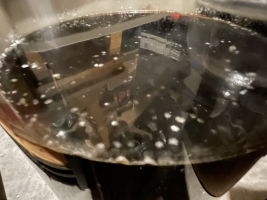Grummore
Member
- Joined
- Jul 27, 2016
- Messages
- 10
- Reaction score
- 0
Greetings everyone!
It's been a while since I'm a registered user, but I am mostly a reader of your fantastic forums!
Today, I went to keg a beer that has been in carboys for at least 6 weeks. I didn't have the time to take care of it, but I happened to do this for at least 2 beers in the past and I never had any trouble with waiting such a long time to keg or bottle it.
It's a porter. The lids didn't seem to have any sort of leaking (the liquid did not evaporate enough to let oxygen enter, at least I don't think so). The carboys (I had two! of the same beer) were in my basement, away from everything and in total darkness. The temperature stayed around 19 C to 21 C. Technically, I am a cleaner/sanitizer freak.
Anybody know what this could be?
What would you do?
Is it down the drain?
Any sort of comment is welcome.
ps : sorry for my poor English, it's my second language

It's been a while since I'm a registered user, but I am mostly a reader of your fantastic forums!
Today, I went to keg a beer that has been in carboys for at least 6 weeks. I didn't have the time to take care of it, but I happened to do this for at least 2 beers in the past and I never had any trouble with waiting such a long time to keg or bottle it.
It's a porter. The lids didn't seem to have any sort of leaking (the liquid did not evaporate enough to let oxygen enter, at least I don't think so). The carboys (I had two! of the same beer) were in my basement, away from everything and in total darkness. The temperature stayed around 19 C to 21 C. Technically, I am a cleaner/sanitizer freak.
Anybody know what this could be?
What would you do?
Is it down the drain?
Any sort of comment is welcome.
ps : sorry for my poor English, it's my second language















































![Craft A Brew - Safale BE-256 Yeast - Fermentis - Belgian Ale Dry Yeast - For Belgian & Strong Ales - Ingredients for Home Brewing - Beer Making Supplies - [3 Pack]](https://m.media-amazon.com/images/I/51bcKEwQmWL._SL500_.jpg)













